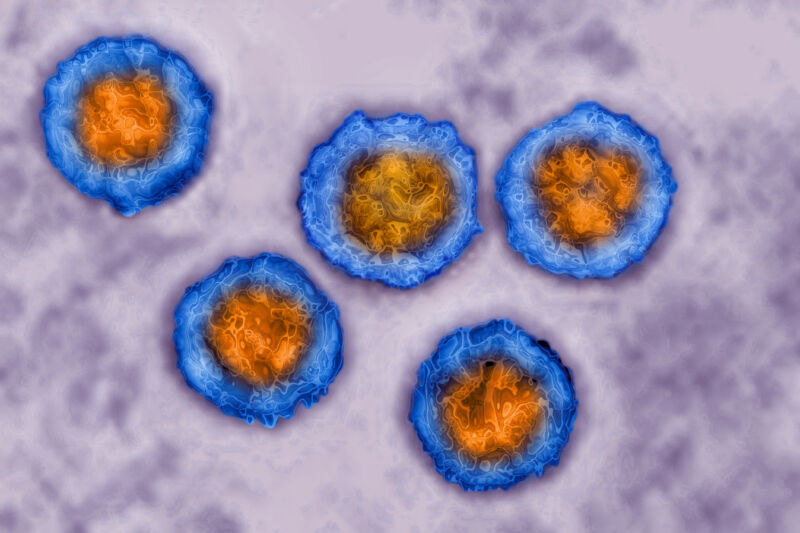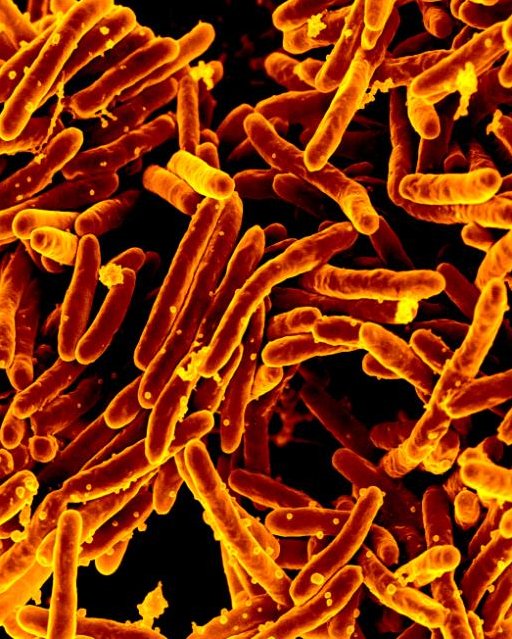Slivered onions are likely cause of McDonald’s E. coli outbreak, CDC says
Slivered onions are the likely source of the multi-state E. coli outbreak linked to McDonald's Quarter Pounder burgers that continues to grow, the Centers for Disease Control and Prevention announced Wednesday.
Onions were one of two primary suspects when the CDC announced the outbreak on October 22, with the other being the beef patties used on the burgers. But onions quickly became the leading suspect. The day after the CDC's announcement, McDonald's onion supplier, Taylor Farms, recalled peeled and diced yellow onion products, and several other fast food chains took onions off the menu as a precaution. (No other restaurants have been linked to the outbreak to date.)
According to the CDC, traceback information and epidemiological data collected since then have all pointed to the onions, and, according to McDonald's, state and federal testing of the beef patties has all come back negative.


© Getty | Scott Olson





